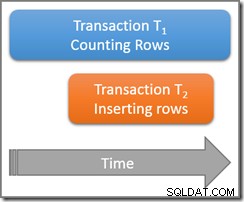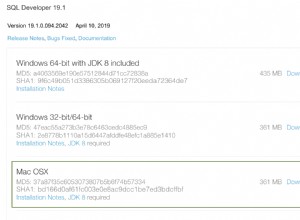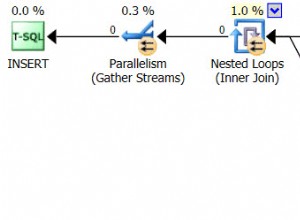In realtà c'era un articolo molto buono e informativo su questo. Qui:http://ianrolfe.livejournal.com/36017.html
La soluzione nella pagina è leggermente obsoleta, quindi ho eseguito le seguenti operazioni:
from django.db import models
from datetime import datetime
from time import strftime
class UnixTimestampField(models.DateTimeField):
"""UnixTimestampField: creates a DateTimeField that is represented on the
database as a TIMESTAMP field rather than the usual DATETIME field.
"""
def __init__(self, null=False, blank=False, **kwargs):
super(UnixTimestampField, self).__init__(**kwargs)
# default for TIMESTAMP is NOT NULL unlike most fields, so we have to
# cheat a little:
self.blank, self.isnull = blank, null
self.null = True # To prevent the framework from shoving in "not null".
def db_type(self, connection):
typ=['TIMESTAMP']
# See above!
if self.isnull:
typ += ['NULL']
if self.auto_created:
typ += ['default CURRENT_TIMESTAMP on update CURRENT_TIMESTAMP']
return ' '.join(typ)
def to_python(self, value):
if isinstance(value, int):
return datetime.fromtimestamp(value)
else:
return models.DateTimeField.to_python(self, value)
def get_db_prep_value(self, value, connection, prepared=False):
if value==None:
return None
# Use '%Y%m%d%H%M%S' for MySQL < 4.1
return strftime('%Y-%m-%d %H:%M:%S',value.timetuple())
Per usarlo, tutto ciò che devi fare è:timestamp = UnixTimestampField(auto_created=True)
In MySQL, la colonna dovrebbe apparire come:'timestamp' timestamp NOT NULL DEFAULT CURRENT_TIMESTAMP ON UPDATE CURRENT_TIMESTAMP,
L'unico inconveniente è che funziona solo su database MySQL. Ma puoi facilmente modificarlo per altri.




